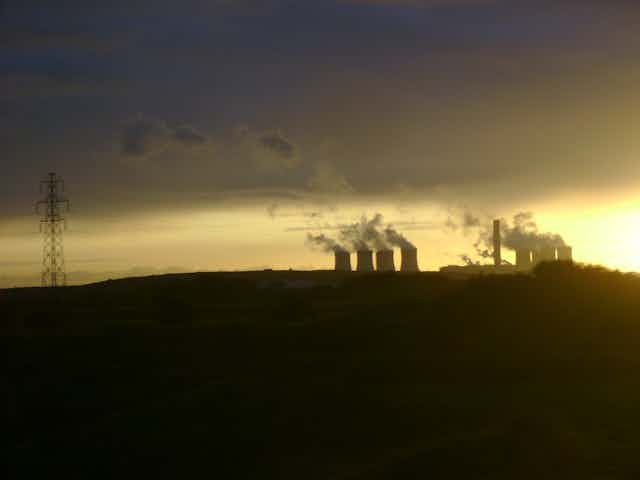What are countries really bringing to the negotiating table when the world meets to thrash out a greenhouse deal in Paris this year?
The stakes are high – the hoped-for deal at the 2015 summit will be the first since the landmark Kyoto Protocol in 1992, and could commit countries to cutting their greenhouse gas emissions beyond 2020.
Throughout the year, countries will submit draft contributions known as INDCs or Intended Nationally Determined Contributions. These may be baselines and targets (such as 40% below 1990 levels by 2030), but may also take other forms.
Contributions will be submitted through the United Nations Framework Convention on Climate Change here. To read an explainer of INDCs and how they fit into a global climate deal, click here. The Conversation will be tracking these contributions as they are submitted through the interactive map below. Click on countries to view contributions and other climate stats.
Notes:
This map was compiled with the assistance of Pep Canadell, Executive Director of the Global Carbon Project.
Emissions (all greenhouse gases): total greenhouse gas emissions within a country, expressed in CO2e (carbon dioxide equivalent). This excludes emissions from land use, land use change, and forestry. Source: EDGAR
Emissions per capita (all greenhouse gases): total greenhouse emissions within a country for each person, expressed in CO2e (carbon dioxide equivalent). Source: EDGAR
Emissions growth (CO2 only): growth in total carbon dioxide emissions from burning fossil fuel 2010-2011. Source: Global Carbon Project
Emissions transfer (CO2 only): fossil fuel emissions minus consumption emissions (carbon dioxide emissions generated elsewhere in the production of goods and services consumed within a country). A negative value shows that a country “outsources” some of its carbon dioxide emissions to other countries, and a positive value means the country is exporting more carbon in goods and services than it imports. Source: Global Carbon Project

